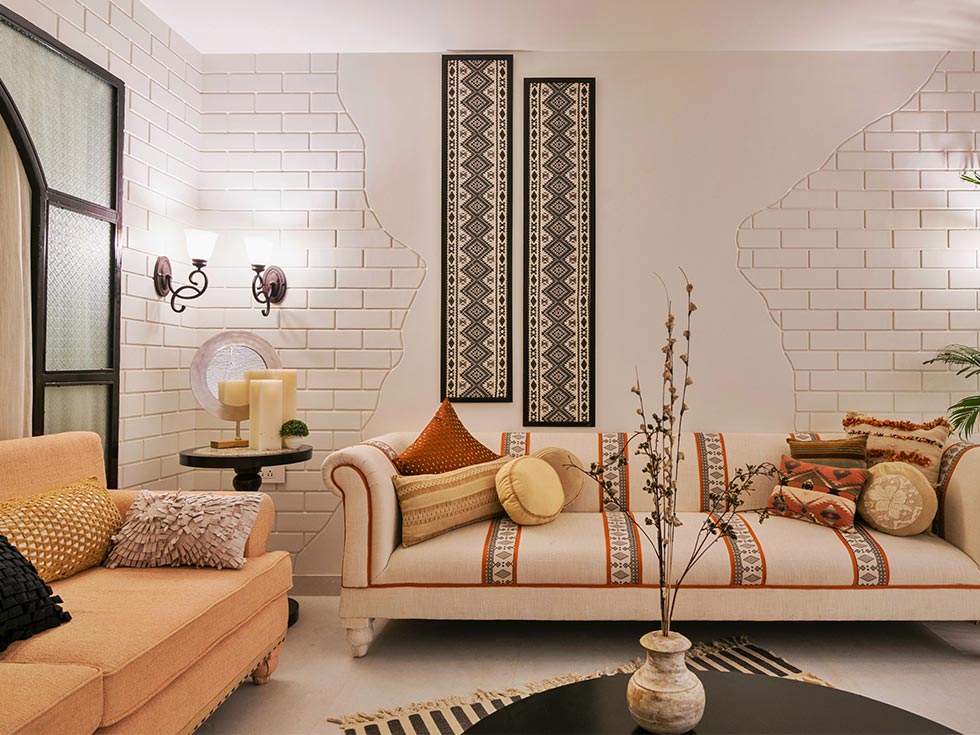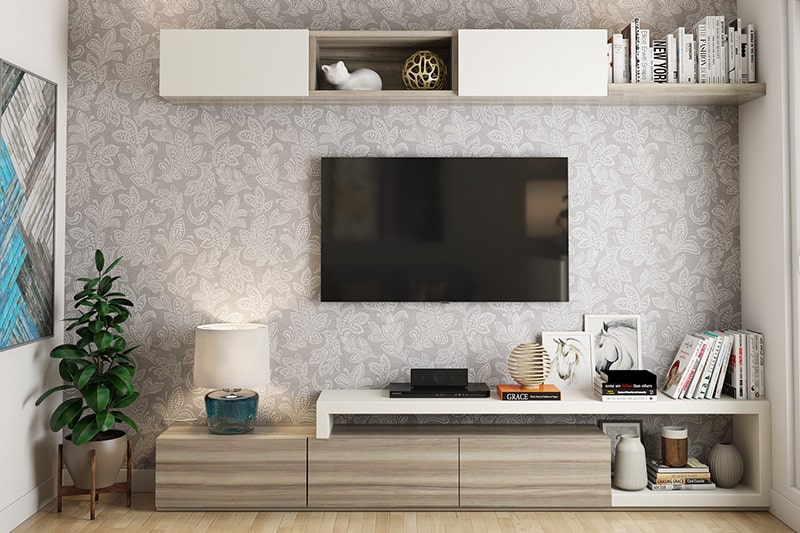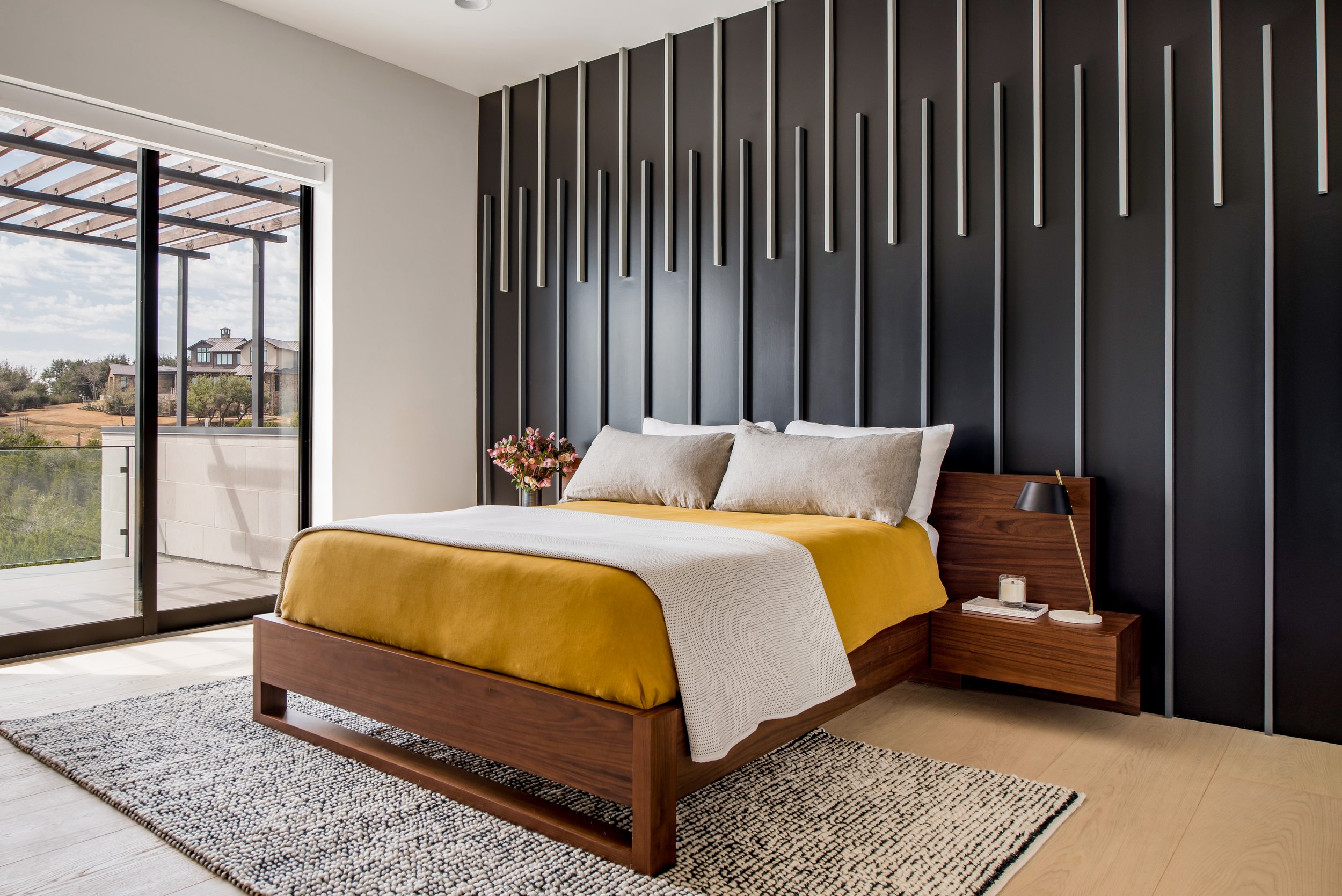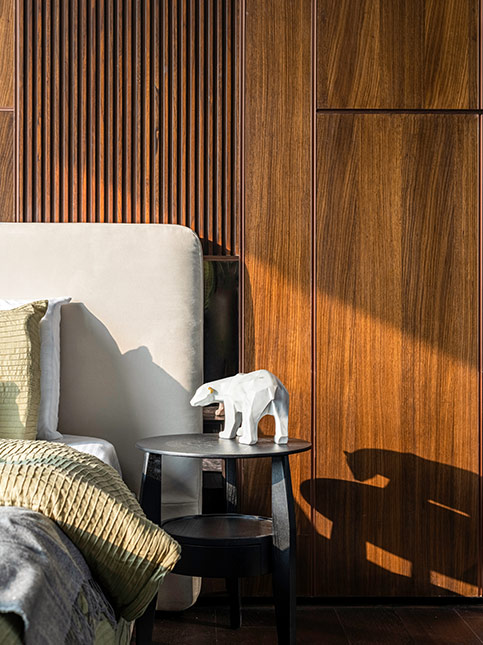When designing a home, every detail matters, and wall finishes play a crucial role in defining the space’s atmosphere. Let’s dive into the world of wall finishes, exploring materials, styles, and techniques to help you make informed decisions that reflect your unique personality.
Understanding Wall Finishes
Wall finishes serve both functional and aesthetic purposes. They protect walls, enhance durability, and provide a decorative touch. In this section, we’ll explore the fundamental aspects of wall finishes and their importance in interior design.
What Are Wall Finishes?
Wall finishes are the materials or treatments applied to the interior surfaces of walls. They can vary in texture, color, and composition, allowing for an endless array of design possibilities. Common wall finishes include paint, wallpaper, plaster, and paneling.
Why Are Wall Finishes Important?
- Protection: They protect underlying wall materials from wear and tear.
- Aesthetics: Wall finishes contribute significantly to the overall aesthetic appeal of a room.
- Insulation: Some finishes can enhance a wall’s thermal and acoustic properties.
- Value: Quality finishes can increase the market value of a property.
Popular Types of Wall Finishes
The variety of wall finishes can be overwhelming. Here are some of the most popular options, each with unique characteristics and styles.
Paint
Paint is the most common wall finish, offering a wide array of colors and finishes to suit any design scheme. It’s versatile, relatively inexpensive, and easy to apply. There are several types of paint, including:
Types of Paint
- Matte: Offers a non-reflective finish, hiding imperfections.
- Satin: Slightly glossy, ideal for high-traffic areas.
- Glossy: Highly reflective, perfect for creating a bold statement.
- Eggshell: A balance between matte and satin, durable yet soft.
Wallpaper
Wallpaper adds texture and pattern to walls, transforming a space effortlessly. It can be a more permanent solution compared to paint and comes in various designs from classic to contemporary.
Types of Wallpaper
- Vinyl: Durable and easy to clean, suitable for high-moisture areas.
- Paper: Traditional and versatile, but less durable.
- Non-woven: Easy to install and remove, making it great for renters.
Plaster
Plaster finishes provide a unique texture and can be used to create intricate designs. They offer durability and can be painted over for added color.
Types of Plaster Finishes
- Venetian Plaster: A high-end technique that gives a marble-like finish.
- Stucco: Often used for exterior walls but can be applied indoors for a rustic feel.
Paneling
Wood paneling adds warmth and character to a space. It can be applied in various styles, from traditional to modern, and can be painted or stained.
Types of Paneling
- Shiplap: Popular in farmhouse-style interiors.
- Beadboard: Adds a classic touch to any room.
- Wainscoting: Protects walls and adds elegance.
Choosing the Right Wall Finish
Selecting the right wall finish can significantly impact your space. Here are some factors to consider when choosing a wall finish:
1. Room Purpose
Consider the function of the room. High-traffic areas may need more durable finishes, while spaces like bedrooms can showcase softer, more aesthetic touches.
2. Style and Aesthetic
Your personal taste and the overall design theme of your home will guide your wall finish choices. Whether you prefer modern minimalism or rustic charm, the right finish can harmonize with your aesthetic.
3. Maintenance and Durability
Some finishes require more upkeep than others. For instance, glossy paints are easier to clean than matte finishes. Similarly, vinyl wallpaper can withstand moisture better than traditional paper wallpaper.

4. Lighting
The amount of natural light in a room can affect how colors and finishes appear. Test samples in different lighting conditions before making a final decision.
Pros and Cons of Different Wall Finishes
| Finish Type | Pros | Cons |
|---|---|---|
| Paint | Wide color range, easy application, low cost | May need frequent touch-ups, odors during application |
| Wallpaper | Variety of patterns, great for texture, can last longer than paint | More expensive, harder to remove, may not suit all styles |
| Plaster | Unique texture, durable, can be painted | Requires skilled application, can be costly |
| Paneling | Adds warmth, can be painted/stained, great for insulation | Can be heavy, may require more installation time |

Innovative Wall Finishing Techniques
Beyond traditional finishes, innovative techniques are gaining popularity, allowing homeowners to express their creativity.
Textured Paint
Textured paints can add depth to walls, mimicking materials like stone or plaster. These paints can be used in various styles, from industrial to contemporary.
Stenciling and Murals
Stenciling allows for unique designs on walls, while murals can transform a room. These techniques are perfect for children’s rooms or any space needing a personal touch.
Wood Cladding
Wood cladding offers a rustic look while being eco-friendly. It can be applied in various patterns to create unique designs.

Trends in Wall Finishes for 2023
Staying updated with the latest trends is essential for any design enthusiast. Here are some of the top trends in wall finishes for 2023:
Earthy Tones
Natural and earthy colors are trending, promoting a calming atmosphere. Think soft browns, greens, and muted yellows.
Bold Accent Walls
Accent walls in bold colors or unique finishes can make a statement in any room. This trend allows for creativity without overwhelming the space.
Textured Finishes
Textures are highly sought after, with homeowners opting for finishes that add depth and character to their walls.
Personal Experience: Transforming My Space
Allow me to share my personal journey with wall finishes. When I moved into my first apartment, I was overwhelmed by the stark white walls. I decided to experiment with paint, starting with a soothing sage green in the living room. The transformation was magical; the space felt warm and inviting.
In my bedroom, I opted for wallpaper with a floral pattern, bringing a touch of whimsy. I learned that choosing the right finish can profoundly impact how we feel in our spaces.

FAQs
What is the most durable wall finish?
Durable finishes: Generally, high-gloss paints and vinyl wallpaper tend to be the most durable options, especially in high-traffic areas.
Can I mix different wall finishes?
Mixing finishes: Absolutely! Mixing finishes can create visual interest, but ensure they complement each other in style and color.
How often should I repaint my walls?
Repainting frequency: Generally, you should repaint every 5-7 years, but high-traffic areas may need more frequent touch-ups.
Conclusion
Wall finishes are more than just decorative elements—they define the character of your home. By understanding the various options available and reflecting on your personal style, you can transform any space to suit your needs. Whether you choose paint, wallpaper, plaster, or paneling, the key is to select finishes that resonate with you.

As you embark on your home design journey, remember that your walls are a canvas waiting to be brought to life. Don’t hesitate to experiment and express your creativity; after all, your home should be a true reflection of who you are.